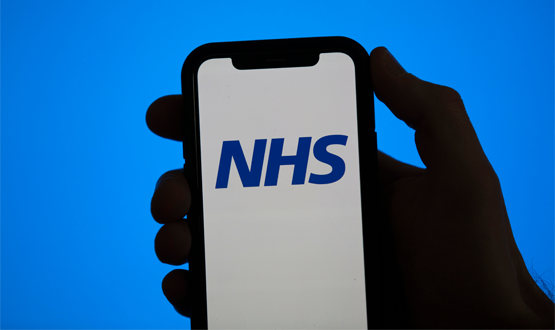Half of US docs claim meaningful use
- 28 May 2013

The secretary of the US Department of Health and Human Services, Kathleen Sebelius, has claimed that a “tipping point” has been reached in America’s adoption of electronic health records.
Sebelius, a former governor of Kansas who has headed the department since 2009, made her announcement after the Centers for Disease Control and Prevention issued figures showing that more than 50% of eligible professionals have received an incentive payment for the ‘meaningful use’ of EHRs.
More than 80% of eligible hospitals have also received payments from the Medicare and Medicaid EHR Incentive Programs, which were set up to drive the Obama administration’s commitment to EHRs as a way to boost the US economy and to try and control healthcare costs.
In a press statement, Sebelius said: “More than half of eligible professionals and 80% of eligible hospitals have adopted these systems, which are critical to modernising our healthcare system.
"Health IT helps providers better co-ordinate care, which can improve patients’ health and save money at the same time.”
EHI readers have indicated support for the introduction of ‘meaningful use’ payments as part of the latest drive by the UK government to get electronic patient records into hospitals, which have most progress to make after ten years of NPfIT.
In The Big EPR Survey that EHI ran as part of The Big EPR Debate, 80% of the almost 300 respondents said they would like NHS England, which is due to issue guidance on records in June, to lay out a roadmap showing the options available to trusts at different stages of digital development.
Some 60% thought the guidance should add targets for reaching the different milestones, and 63.2% thought there should be incentives, such as payment, for the meaningful use of clinical systems.
Free text comments suggest that respondents sceptical about meaningful use may have been concerned about spawning a new assessment ‘industry’ or the potential for hospitals to ‘game’ the targets.
Both of these criticisms have been levelled at the US programme, which has its roots in the American Recovery and Reinvestment Act of 2009, which promised billions of dollars for EHR investment.
Health IT programs were set up in 2011, administered by the Centers for Medicare and Medicaid Services and the Office of the National Co-ordinator of Health Information Technology.
To qualify for incentive payments, doctors and hospitals must “adopt, implement, upgrade or demonstrate meaningful use of certified EHR technology.”
The survey by the Centers for Disease Control and Prevention suggests that before the HIT programs were introduced, just 17% of physicians were using advanced EHRs, and just 9% of hospitals had adopted EHRs.
In numerical terms, the jump to 50% and 80% usage, as measured by meaningful use, means that more than 291,000 professionals and 3,800 eligible hospitals have received incentive payments.
Despite this, six Republican senators are running a review of the HIT programs and calling for the incentives to be ‘recalibrated’ to cut fraud, encourage a greater emphasis on quality and information sharing, and to make sure new systems are sustainable when federal stimulus dollars are removed.
Separately, there have been calls for the deadlines for reaching the different ‘stages’ of meaningful use to be extended, to give healthcare organisations more time to reach stages two or three.
These require more professionals to be using EHR functionality, such ordering medications electronically, and the addition of more sophisticated functionality, such as decision support.
EHI is running The Big EPR Debate to give readers a chance to shape the future of electronic records and a paperless NHS. What should NHS England’s guidance cover? What is an EPR? What is essential and what can be left for later? What should the next steps be. Join the debate.




